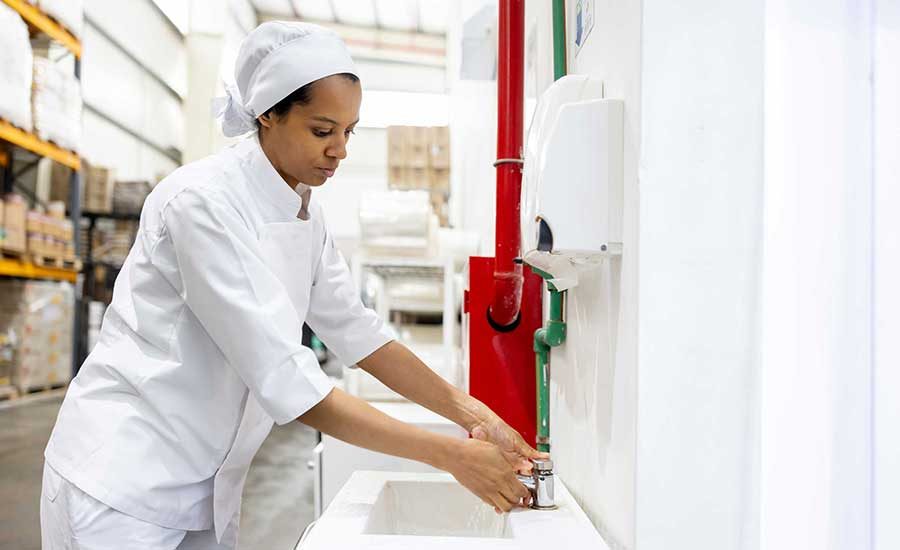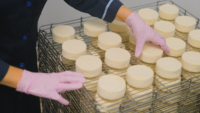Researchers Develop Predictive Model for Listeria Growth in RTE Artisanal Cheeses

Image credit: Freepik
Researchers from the University of Córdoba in Spain have developed a model for predicting the growth of Listeria monocytogenes in artisanal cheeses.
The model is especially relevant for producers in the European market following the EU’s November 2024 amendment of Commission Regulation (EU) 2073/2005 on the microbiological criteria for foods, which expanded the requirements for food business operators regarding L. monocytogenes. Specifically, the amended regulation extends the requirement to ensure that the pathogen is not going to exceed specific concentrations in ready-to-eat (RTE) foods able to support its growth from just primary manufacturers to all relevant firms across the supply chain.
Publishing their findings in Food Control, the researchers validated their mathematical model in artisanal fresh goat milk cheeses due to their recent association with cases of foodborne illness in Spain, and because they are considered RTE. Factoring in variables like production and storage conditions, product composition, and pH and water activity, the model was designed to predict L. monocytogenes’ growth over time in final artisanal cheese products.
The predictive model was developed by measuring the effect of different storage temperatures (4 °C, 12 °C, 18 °C, and 25 °C) on inoculated lab-scale fresh goat milk cheeses over a period of 5–20 days. Data was collected to describe the relationship between L. monocytogenes concentration, growth rate, storage temperature, and time. A higher variability of growth data was observed at 4 °C, as well as a linear relationship between microbial growth rate and temperature. A more rapid decrease of pH was also seen at higher temperatures. The researchers validated their model under both consistent temperature conditions and dynamic temperature conditions simulating real-world scenarios.
Based on their findings, after four days in storage at 4 °C, the specific goat milk cheese product used in the study would not be compliant with the recently amended EU regulations for controlling L. monocytogenes in RTE foods.
Although the model will be helpful for producers that need to demonstrate its product will not support L. monocytogenes growth exceeding EU regulatory limits, the study’s immediate findings are not universally applicable to all types of artisanal cheeses. Before using the model for other cheeses, it should be validated for each product, and adjusted for specific manufacturing, storage, composition, and pH/water activity variables.
The project was conducted by the Food Hygiene Research Group (HIBRO Group) in University of Córdoba’s Department of Bromatology and Food Technology, in collaboration with researchers from the Polytechnic Institute of Bragança in Portugal, Ibn Zohr University in Morocco, and the University of Sohag in Egypt.
Looking for a reprint of this article?
From high-res PDFs to custom plaques, order your copy today!





